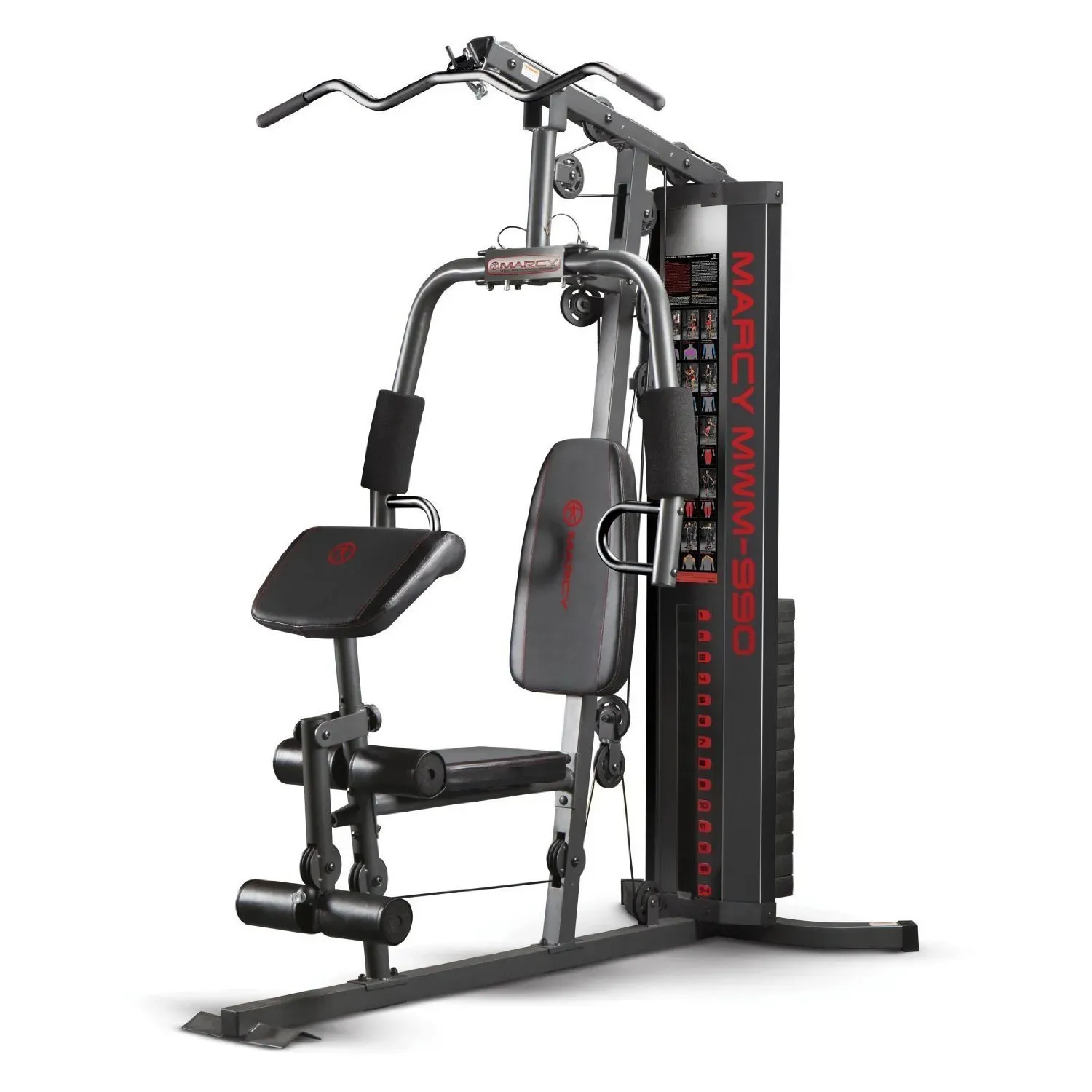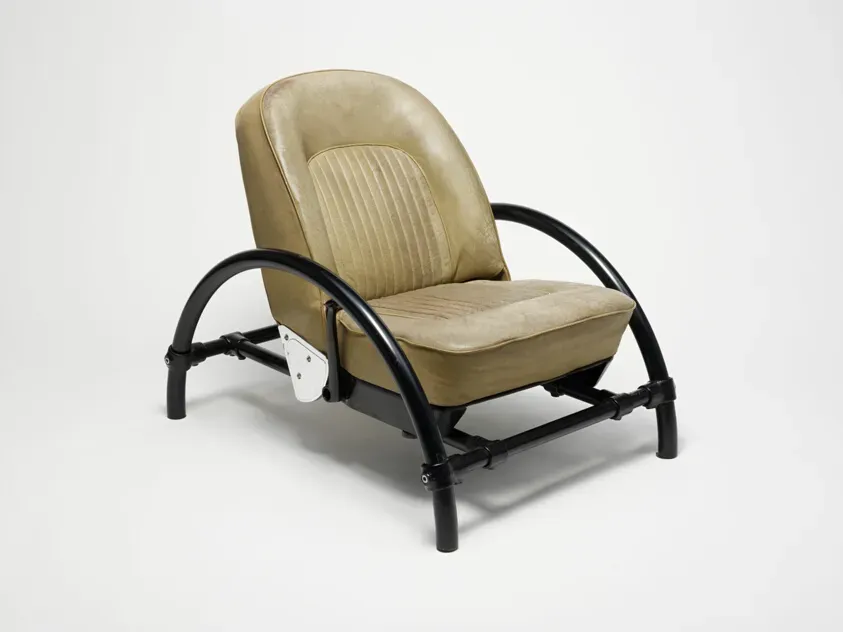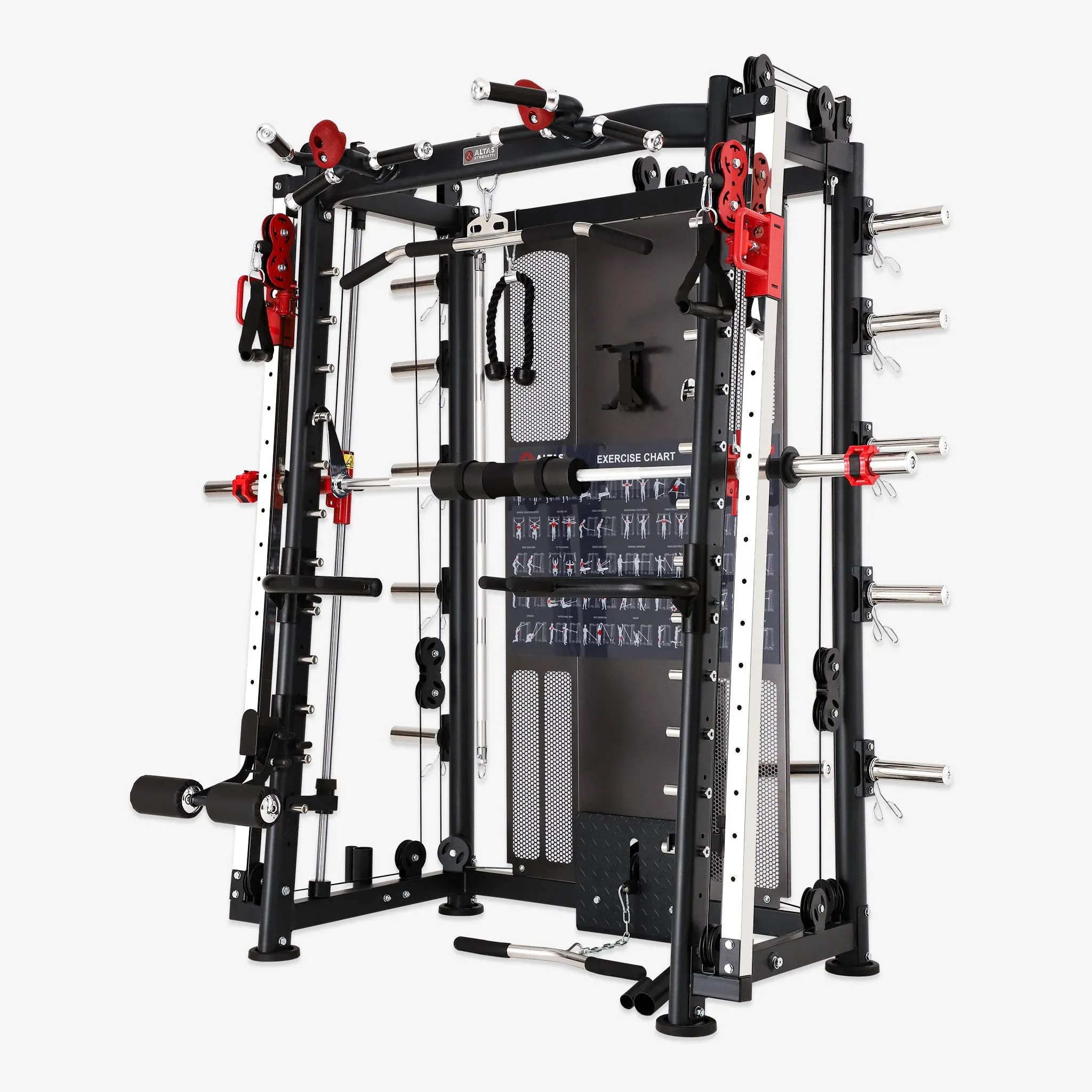Table of Contents
Let's be honest, turning your living room into a complete commercial gym just isn't happening for most of us. Who has the space? Or the budget for a separate squat rack, cable machine, leg press, and enough dumbbells to sink a small ship? That's where the magic of home gym equipment all in one comes in. These aren't your grandpa's dusty multi-gyms tucked away in the basement.
Why Home Gym Equipment All in One Makes Sense
Why Home Gym Equipment All in One Makes Sense
Reclaiming Your Space
Let's face it, city apartments and suburban houses aren't exactly designed with dedicated 2,000 sq ft weight rooms in mind. Trying to cram a power rack, a separate cable crossover machine, a lat pulldown, and maybe a leg press feels less like building a home gym and more like playing Tetris with iron. This is where home gym equipment all in one units earn their keep.
They consolidate the footprint of several machines into one relatively compact station. Instead of needing multiple corners or walls, you often just need one dedicated spot. Think about the sheer amount of floor space you save by having one piece of equipment that can handle squats, bench press, rows, pull-downs, and cable flyes, rather than buying each station separately. It's about making your fitness goals fit into your actual living situation, not the other way around.
A Smarter Investment Than You Think
Look, dropping thousands on gym equipment isn't pocket change. If you were to buy high-quality individual pieces – a solid power rack, a functional trainer, a decent bench, maybe a leg attachment – the cost adds up faster than your protein bill. A good home gym equipment all in one system, while a significant upfront purchase, often comes in substantially cheaper than piecing together an equivalent setup.
You're paying for the engineering that combines multiple functions efficiently. It's the difference between buying every tool separately for a job versus getting a well-designed multi-tool that handles most tasks. Over time, when you factor in potential gym membership fees you're no longer paying, the calculation starts to look pretty favorable for the home setup.
- Saves significant floor space compared to multiple machines.
- Often more cost-effective than buying equivalent individual pieces.
- Provides a wide range of exercises from one station.
- Eliminates gym commute time and membership fees.
- Offers privacy and convenience for consistent training.
Workout Variety Without the Hassle
One of the biggest complaints about working out at home is perceived limitations. People worry they'll get bored or won't be able to hit every muscle group effectively. Modern home gym equipment all in one systems are designed to combat this head-on, offering incredible versatility.
You can transition from squats to pull-ups to cable rows to tricep extensions with minimal adjustments. This isn't like those old multi-gyms where changing weight stacks felt like defusing a bomb. Newer models feature smooth cable systems, easy-to-adjust attachments, and smart designs that let you move quickly between exercises, keeping your heart rate up and your workout efficient. It's like having a mini-gym condensed into a single, powerful unit, ready to tackle whatever exercise you throw at it.
Different Types of Home Gym Equipment All in One
Different Types of Home Gym Equipment All in One
Cable Machines and Functional Trainers
Alright, so when people talk about home gym equipment all in one, often the first thing that pops into their head is a cable machine or a functional trainer. Think of those big, imposing setups you see in commercial gyms with weight stacks and pulleys everywhere. These are workhorses. They offer resistance from pretty much any angle you can imagine, letting you mimic natural movements like throwing or swinging, alongside standard exercises like cable crossovers, rows, and pull-downs. The beauty here is the smooth, constant tension the cables provide, hitting your muscles differently than free weights.
They're fantastic for isolation work, improving stability, and getting a killer pump. Some even come with attachments for leg extensions or presses. The downside? They can still take up a fair bit of room, and you're tied to the resistance of the weight stack, which might not be enough for hardcore powerlifters hitting massive squat numbers.
Smith Machines and Power Rack Combos
Then you've got the beefier options, often centered around a Smith machine or integrating a power rack. A Smith machine has the barbell fixed on vertical rods, allowing only up-and-down movement. This is great for beginners or those rehabbing injuries because it provides a safety net – you just twist the bar to rack it. You can do squats, bench press, shoulder press, all within that guided path. Some home gym equipment all in one units combine this with cable pulleys, a pull-up bar, and maybe even a vertical leg press attachment, creating a true multi-station beast.
Power rack combos, on the other hand, keep the open rack structure for free weight movements with a barbell (squats, bench, overhead press) but then add cable systems, pull-up bars, dip stations, and sometimes even jammer arms or leg attachments. These are arguably the most versatile for serious strength training, blending the benefits of free weights and resistance machines. They require a bit more technical skill than a Smith machine, but they allow for a wider range of motion and hit stabilizer muscles more effectively.
So, which flavor of all-in-one suits your needs? Consider this:
- Do you prioritize free weight heavy lifting? Look at power rack combos.
- Are you focused on controlled movements, isolation, or rehab? A Smith machine or pure functional trainer might be better.
- Is space your absolute biggest constraint? Some compact functional trainers are surprisingly capable.
- What's your budget? Simpler cable systems are often less expensive than fully loaded rack combos.
How to Choose the Best Home Gym Equipment All in One
How to Choose the Best Home Gym Equipment All in One
Figure Out Your Space and Wallet Limits
before you even start drooling over shiny chrome and heavy weight stacks, you gotta get real about two things: how much space you actually have and how much cash you're willing to drop. A monster power rack combo might look amazing online, but if it means you can't open the door to your workout room or forces you to move your car out of the garage every time you want to lift, it's a non-starter. Measure your space carefully – height, width, depth. Remember to account for the space you need around the machine to actually perform exercises safely, like stepping back for squats or extending arms for cable movements.
Then there's the budget. Home gym equipment all in one systems aren't cheap. They range from a couple of grand to well over ten thousand dollars. Be honest about what you can afford. You don't want to blow your entire savings on a machine only to realize you still need to buy plates, a bench, and various attachments. Think of it as an investment, sure, but one that shouldn't put you in the poor house. Sometimes, starting with a slightly less feature-rich model that fits your budget is smarter than going into debt for the top-of-the-line beast.
Know Your Workout Style and Goals
What kind of training do you actually *do*? Are you chasing massive strength gains and planning to squat 400 lbs? Or are you more into bodybuilding-style isolation work and high-rep cable exercises? Maybe you're a functional fitness enthusiast who loves dynamic movements. The "best" home gym equipment all in one for a powerlifter is probably different from the best one for someone focused on physique or general fitness.
If heavy barbell lifting is your jam, a system centered around a robust power rack with safety bars is likely your best bet. If you live for the pump and controlled movements, a cable-heavy functional trainer might be more your speed. If you're short on space or just starting out, a compact unit with digital resistance could be surprisingly effective. Don't buy a Formula 1 car if you only need to drive to the grocery store. Match the machine to your mission.
Goal Type | Best All-in-One Type | Pros | Cons |
|---|---|---|---|
Heavy Strength (Squat, Bench, Deadlift) | Power Rack Combo | Allows free weight lifting, high weight capacity | Often larger footprint, requires separate barbell/plates |
Bodybuilding/Isolation | Functional Trainer / Cable Machine | Smooth resistance, versatile angles, great for pump | Weight stack limits, less ideal for max free weight lifts |
General Fitness / Space Saving | Compact Functional Trainer / Smart Gym | Small footprint, often digital resistance, guided workouts | Lower max resistance, may lack feel of free weights |
Scrutinize Features, Quality, and Reviews
Once you've narrowed down the type that fits your space, budget, and goals, it's time to get into the nitty-gritty. Don't just look at the shiny pictures. What's the weight capacity of the rack or the stack? Can you actually perform the exercises you want to do with the attachments included? Are the pulleys smooth? Is the frame made of flimsy metal or solid steel? Pay attention to details like cable ratios (a 2:1 ratio means a 200 lb stack feels like 100 lbs of resistance, which can be good for smoother movement or bad if you need max weight).
Look for features that matter to *you*. Easy adjustments, storage for accessories, compatibility with standard plates or attachments. And please, read reviews from actual users. Not just the glowing ones on the manufacturer's site. Hit up forums, watch independent video reviews. Someone who's used the machine for six months will give you a much clearer picture of its durability, quirks, and real-world usability than a marketing blurb. A machine might look great on paper, but if users complain about sticky cables or wobbly frames after a few months, run the other way.
Top Home Gym Equipment All in One Options
Top Home Gym Equipment All in One Options
Alright, so you've sorted out your space, your budget, and what kind of training actually gets you excited. Now comes the fun part (or maybe the slightly overwhelming part): looking at specific models of home gym equipment all in one. Forget those late-night infomercials promising six-pack abs in 5 minutes; we're talking about serious pieces of iron and steel (or smart tech) that actual people use to get stronger. This isn't a definitive ranking carved in stone, because the "best" machine depends entirely on *your* situation. But we can look at some popular, well-regarded options that consistently deliver on their promises and see what makes them stand out from the pack.
Making the Call on Your All-in-One Home Gym
So, you’ve seen the pitch for home gym equipment all in one: save space, hit multiple muscle groups, ditch the membership fees. It sounds great on paper, and for many, it is a solid solution. These machines aren't miracle workers, and they won't replace a dedicated commercial gym setup overnight, but they offer a practical path to consistent strength training without leaving your house. Choosing the right one boils down to honestly assessing your space, budget, and what exercises you actually plan to do. Don't get swayed by endless features you'll never use. Pick the machine that fits your goals and your square footage, and you'll be far more likely to stick with it than if you buy a dust collector.